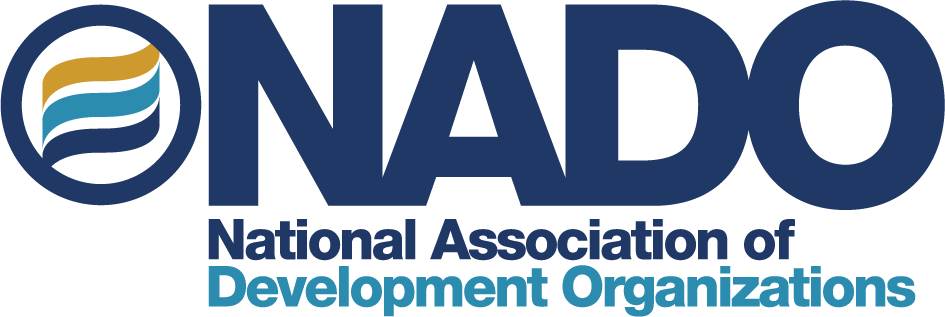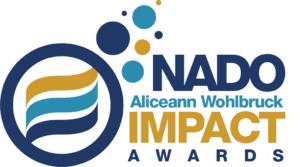Some organizations have committees that address rural transportation planning. The most common are technical committees (55 percent) and policy committees (53 percent). Other common committees include public transportation or human services transportation (transit) committees (30 percent), and bicycle/pedestrian or trails committees (21 percent). About half of respondents (51 percent) reported that the regional development organization’s governing board also serves as the policy entity or governing board for the rural transportation program.
The size of policy committees varies greatly across organizations. Among respondents, the smallest policy committees have five members, and the largest has 82 total voting and non-voting members. Twenty-one percent of policy committees have 1 – 10 members, 30 percent have 11 – 20 members, 21 percent have between 21 – 30 members, and 26 percent have 31 or more members.
Individuals representing a wide range of interests sit on rural transportation policy committees. The most common representatives on rural transportation policy committees include municipal elected officials, county commissioners, state DOT officials, city/county managers, members of the public, transit officials, business leaders, and local economic development officials.
The size of technical committees also varies greatly, from five members to 93 total voting and non-voting members. Nearly 20 percent of organizations have 1 – 10 members, 43 percent have 11 – 20, 19 percent have 21 – 30 members, and almost 15 percent have 31 or more members. As with policy committees, individuals representing a wide range of interests sit on technical committees. The most common representatives on rural transportation technical committees include state DOT officials, local planners, transit representatives, county engineers, city/county managers, and public works professionals.
The nature of RPO committees and the variety of representatives who serve on them is often influenced by the presence of facilities such as ports or rail lines in the region, as well as priority issues identified in their regional vision or other plans, which could include distribution or tourism as economic strategies with an impact on transportation. Other types of organizations and individuals represented on RPO policy and technical committees included representatives of modal interests, such as aviation, bike/ped, ports, rail, and trucking, as well as educational institutions, human service agencies, the tourism sector, and environmental and civic groups.
Return to Report Overview | Next >> Planning Tools and Techniques


